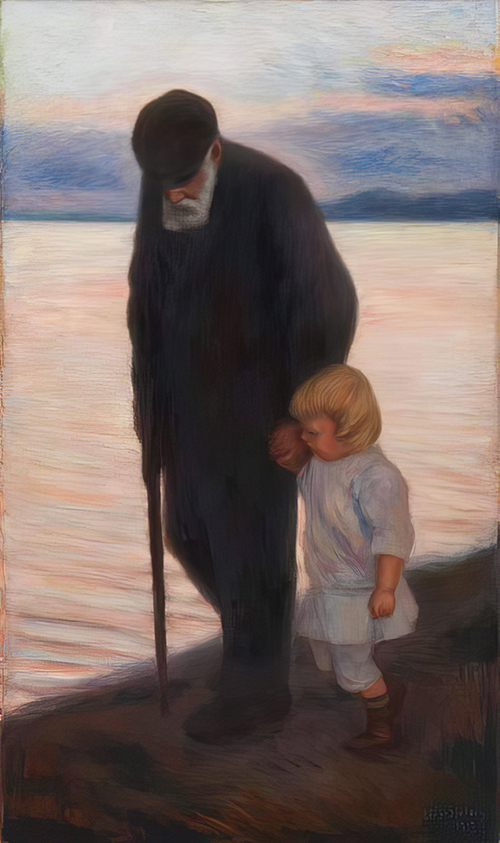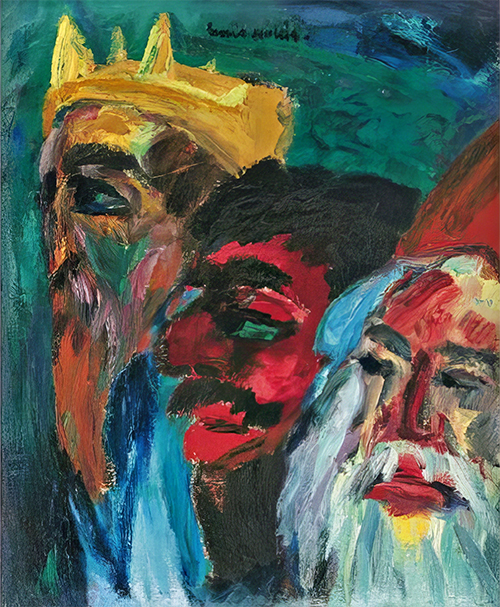
Blessed are the poor in spirit, for theirs is the Kingdom of Heaven…. Blessed are those who mourn, for they will be comforted…… The Beatitudes; we have heard them over and over.
Many organisations have what is known as a Mission Statement.
Persons of note (usually the ‘big wigs’) have some “retreat days” and together fashion out, what becomes known as the organisations or company’s ‘mission statement’.
A company uses a mission statement to explain, in simple and concise terms, its purpose(s) for being.
The statement is generally short, either a single sentence or a short paragraph.
The statement explains a company’s culture, values, and ethics. Mission statements are to motivate employees and reassure investors.
The sermon on the mount is the heart of the Gospel, and the Beatitudes are the heart of the sermon on the mount.
Here is to be seen the focused image of the Christian life.
Here is the Mission Statement as proclaimed by Jesus himself.
When I was a child, and at school, I, and those in class with me had to learn by heart the Ten Commandments. I could tell you what was commanded and forbidden by each of the ten commandments and what else was commanded and forbidden by each of them – even though I didn’t understand what many of the words meant.
I have no memory at all of having to learn the Beatitudes.
I cannot remember being instructed to recite them by heart.
I never learned what was commanded, forbidden or even recommended by any of them.
I now suppose this is because it was so much easier to handle codified laws than deeper matters of the spirit.
It also had powerful ramifications for the theology I lived out of for many years of my life. The fact that this what was taught in the early formative years of my life I realise now had a profound effect on my approach to God!
One man went up a mountain and called out “thou shalt not . . . ., and I/we have been ‘shalt notting’ ever since.
Another man went up a mountain and shouted, “blessed” and we have, for centuries, been deaf to his calling!
[A little test for you: recite the ten commandments and see how many you get right; then do the same for the Beatitudes!]
In a way, the first Beatitude “Blessed are the poor in spirit”, contains all the rest.
One of Meister Eckhart’s most famous sermons is on this Beatitude.
He said that poverty of spirit is even more fundamental than love.
Strange saying for a Christian!
But what he meant was that without poverty of spirit, you cannot love as Christ loved.
The ego knows about love, but only self-love and love of one’s own circle (extended self-love).
It knows nothing of the spirit of Christ.



